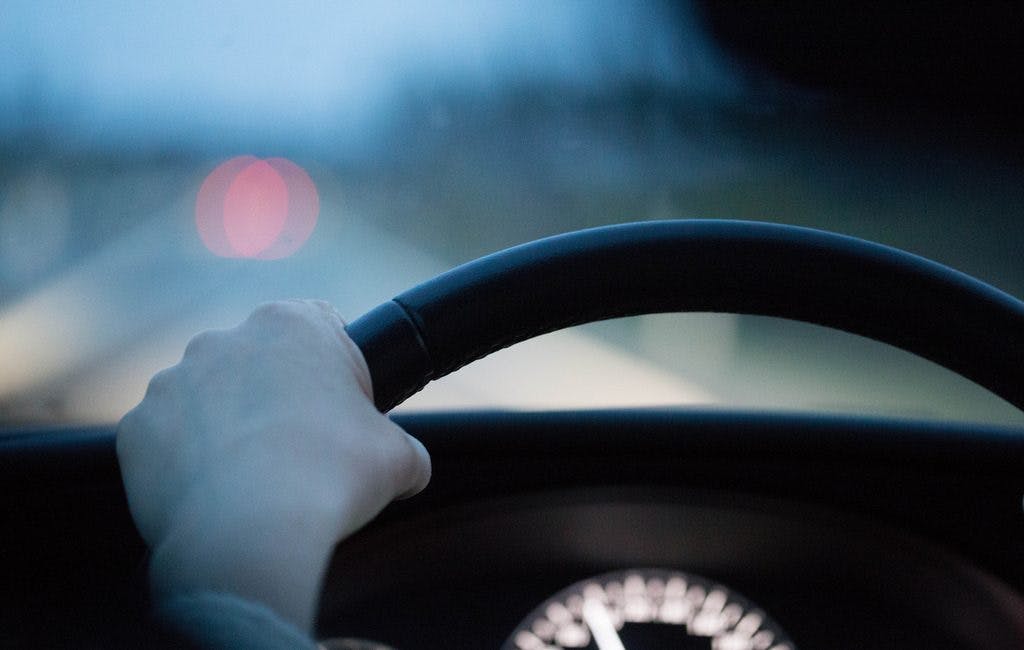
Learner drivers typically have one goal in mind: passing their practical. However, driving comes with plenty of everyday challenges that you won't encounter during your test. In response to these challenges, drivers can adopt specific skills to help prevent accidents and reduce the risk of collision.
This set of skills is known as defensive driving, and learning them can help keep you—and other drivers—safe on the road. Read on to learn more.
What is defensive driving?
Defensive driving is a set of skills that drivers can learn in order to defend themselves against dangerous situations. Drivers can use observational skills and techniques to predict potential hazards and prepare for such circumstances in advance. By looking ahead, you can minimise risks to you and your vehicle—when you see a potential hazard, you can immediately act to avoid it. As a driver, you can never fully predict what other drivers are going to do—and failing to react to a sudden swerve or tailgating driver could be incredibly dangerous.
So, it's important not to let your guard down at any point, and to be prepared to act when necessary. With the future of driverless cars seemingly so far away, you have to do as much as you can to improve your driving so that you can stay on the road. After all, whilst you can't control the actions of other drivers, you can control yours. Adopting defensive driving techniques will help you to react quickly to other drivers and, in turn, avoid accidents.
What are the benefits of defensive driving?
The most obvious benefit of defensive driving is that you can significantly decrease the likelihood of you getting into an accident while driving. The more aware you are of the road and the vehicles around you, the more likely it is that you'll be able to avoid life-threatening incidents. Another advantage to defensive driving is that it acts as a stress reliever.
By preparing for worst-case scenarios, you can avoid the unnecessary panic that occurs when something unexpected happens. If you pay attention to defensive driving techniques, you won't be surprised by anything. While it might seem over the top, there's no such thing as too much preparation when it comes to road safety. Of course, by avoiding these kinds of situations, you can also decrease the likelihood of getting speeding tickets, or your licence revoked due to poor driving. Not only is defensive driving beneficial for safety, it's also great financially—the last thing you want is to have to pay for car repairs.
Additionally, with some young driver insurance policies, e.g., telematics insurance, you could get your premiums lowered for good driving.
Who is defensive driving suitable for?
Defensive driving is essential for any type of driver. It doesn't matter if you've only just completed your practical test or if you've been driving for fifty years—no one is a perfect driver. However, defensive driving can help you become the best kind of driver you can possibly be. Accidents can happen to anyone at any time, but if you use defensive driving techniques, you can minimise the risks. And if you make defensive driving a habit, it will become second nature in no time at all.
Defensive driving tips and techniques
If you've already passed your test, you might be a little sceptical about defensive driving. Fortunately, defensive driving skills can be self-taught. So, don't worry—there's no need to pay for another course! All you have to do is commit some of these driving tips to memory and you could avoid a lot of problems in the future. So, whether you're a learner driver or an experienced driver, check out our top defensive tips to make the road safer...
Only trust yourself
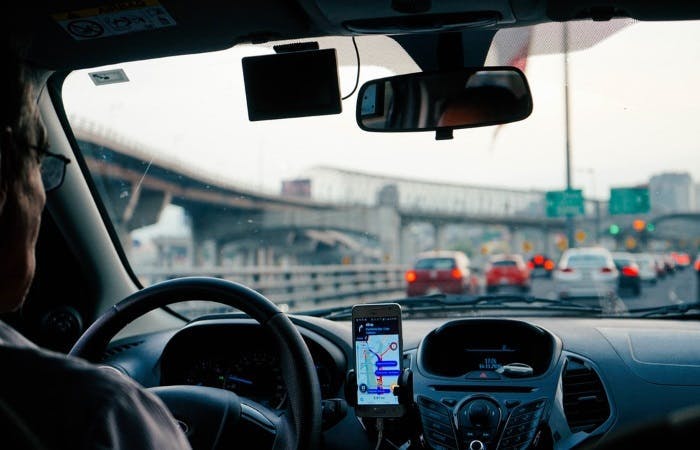
It might sound overdramatic, but it's a simple fact that you can't trust anyone on the road. It's impossible to tell whether another driver is as conscious of the road and other vehicles as you are—for all you know, they may be driving recklessly, or under the influence of drugs or alcohol. You can, however, control your own actions. By making sure that you drive in a safe manner, you can help minimise the risks that could be caused by other drivers.
Focus
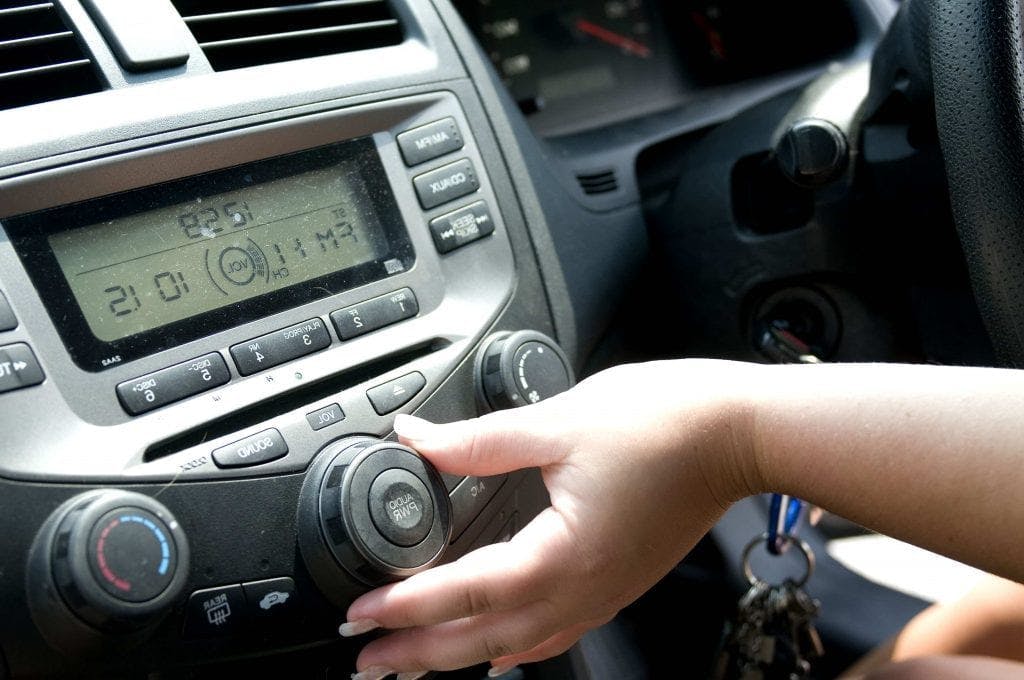
Most accidents on the road are caused by people who were distracted by something inside of their car. You have to remember that it's not just the road you need to keep an eye on—you have to ensure that you don't get distracted by things like your car stereo or sat nav. Changing something like air conditioning settings can force you to take your eyes off the road for a couple of seconds. In those two seconds, you could quite easily collide with someone in front of you.
Distractions can also get in the way of you reacting safely to emergency vehicles, so be aware. Avoid distractions and pay attention to the road.
Space is important
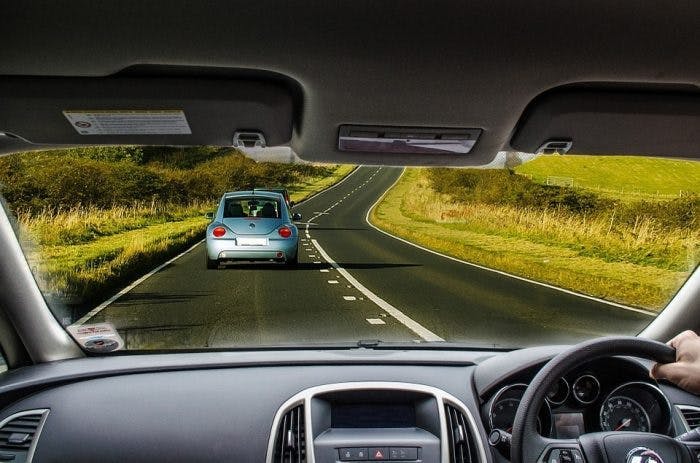
Tailgating leads to rear-end collisions—and no one wants to have to pay for repairs. Avoiding these types of situations is as simple as ensuring that you leave enough space between you and the vehicle in front. All you have to do is allow for at least two seconds of lead time. In fact, the Highways Agency warns tailgaters that "only a fool breaks the two-second-rule". You should increase this time if you're experiencing bad weather. In addition, if you see someone is following you too closely, try to add space. Alternatively, change lanes and wait for them to move ahead.
Adjust for the weather
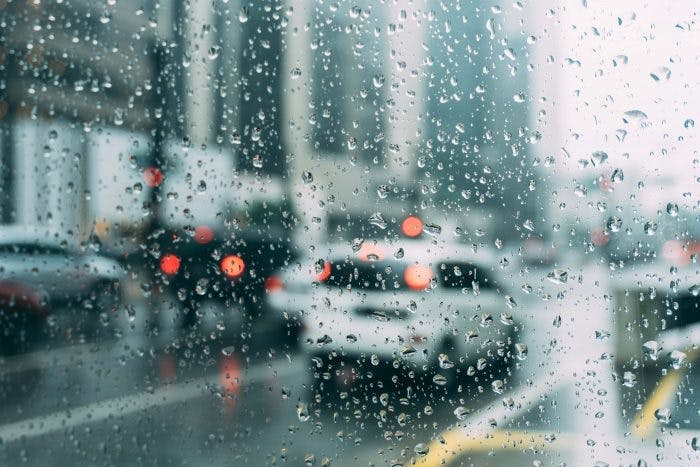
Changes in weather always require corresponding changes in road behaviour. If it's raining heavily, for example, the roads will be slick enough that your braking times will increase. In this case, you need to slow your speed down and add additional space between you and other vehicles.
If the visibility of your vehicle is ever impaired—by fog, snow or low light—turn on your headlights. Make sure you only use high beams in low-traffic areas as you don't want to confuse oncoming drivers. It's extremely important you pay attention to our advice on driving in bad weather—it will always impact your driving, whether you know it or not.
Slow and steady
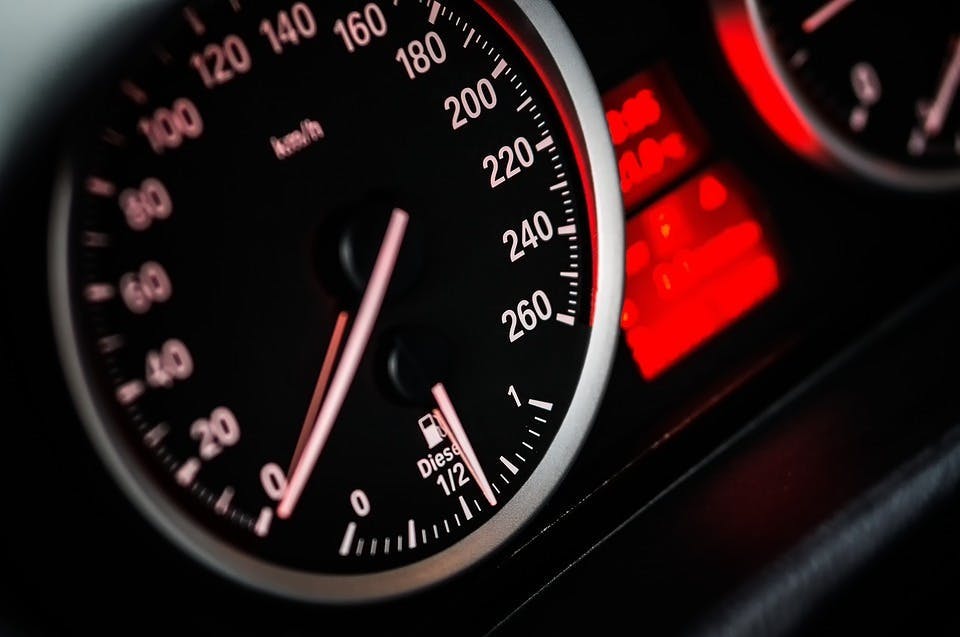
As you probably already know—and as we explain when discussing minimum speed limits—sudden changes in speed on the road can often lead to accidents and collisions. You're always best keeping your speed at a steady pace. This ensures that you don't cause any unexpected lane changes or stops.
This of course don't just apply to you—keep an eye out for other drivers who might not be as conscious of their decisions. Of course, you shouldn't drive too slowly if every other driver is going at a high speed. Observe the speeds of vehicles around you and make the necessary adjustments to your speed.
Remember: if you're caught speeding, you'll either pay a fine and receive points or have to attend a speed awareness course.
Rein in the temper
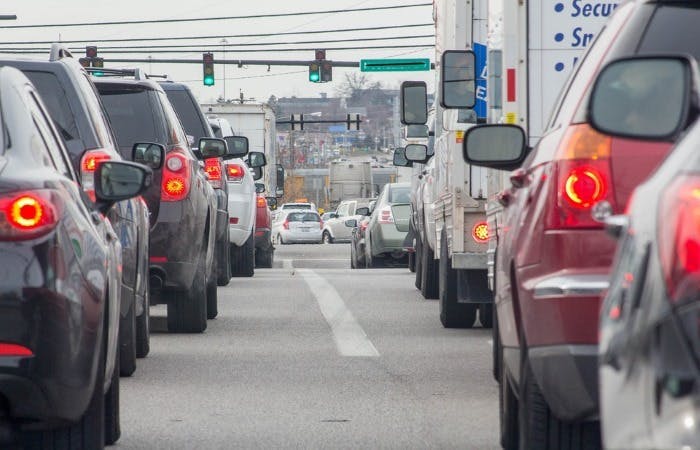
It's all too easy to lose your temper on the road—road rage is, unfortunately, not an urban myth. It doesn't matter if you've been stuck in traffic for hours only to have a vehicle cut you off, you should never let your temper get the better of you. Just keep calm and let it go. You won't get anywhere by beeping at other drivers or trying to compete with them in any way.
Make yourself visible
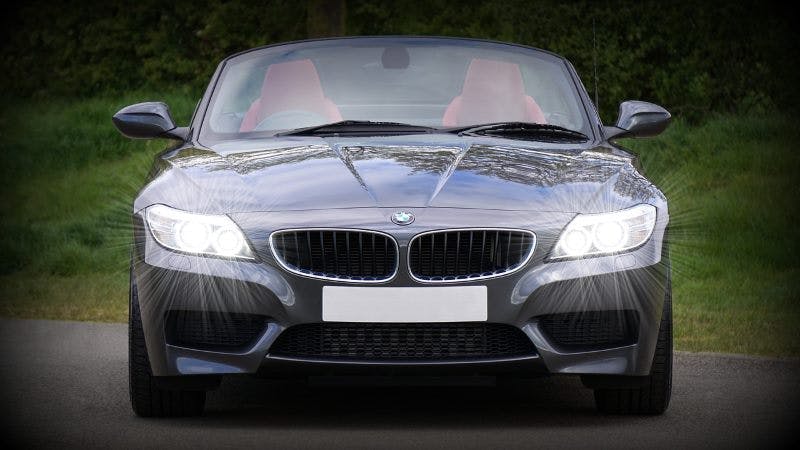
A lot of accidents happen because a driver wasn't able to see another vehicle. Larger vehicles like trucks have a lot of blind spots, so you should always act as if the driver can't see you—make necessary changes to ensure that the other driver is aware of you. If in doubt, make use of turn signals, headlights or brake lights. In addition, make sure you give your car frequent checks to make sure everything's working as it should—after completing the show me, tell me questions in your practical, you should be more than comfortable with the maintenance of your car.
Look ahead

Safe driving isn't just constrained to looking at the vehicle immediately ahead of you. You should always be looking at the rest of the road as well. Keep an eye out for road works, pedestrian crossings or slow traffic.
By observing your surroundings closely and carefully, you can anticipate problems before they happen and make necessary changes to avoid them. It's also important to educate yourself on the kind of hazards different types of road may present. For a more in-depth look at this, check out our post on Driving in the City Vs Driving in the Country.
Subscribe for driving advice, offers & more
We'd love to let you know about our courses, news and offers via email. You may unsubscribe at any time.
Star Genie Limited trading as PassMeFast. Company number 10093359
Copyright © 2024 owned by Star Genie Limited
PassMeFast, Blue Tower, MediaCityUK, Salford, M50 2ST

